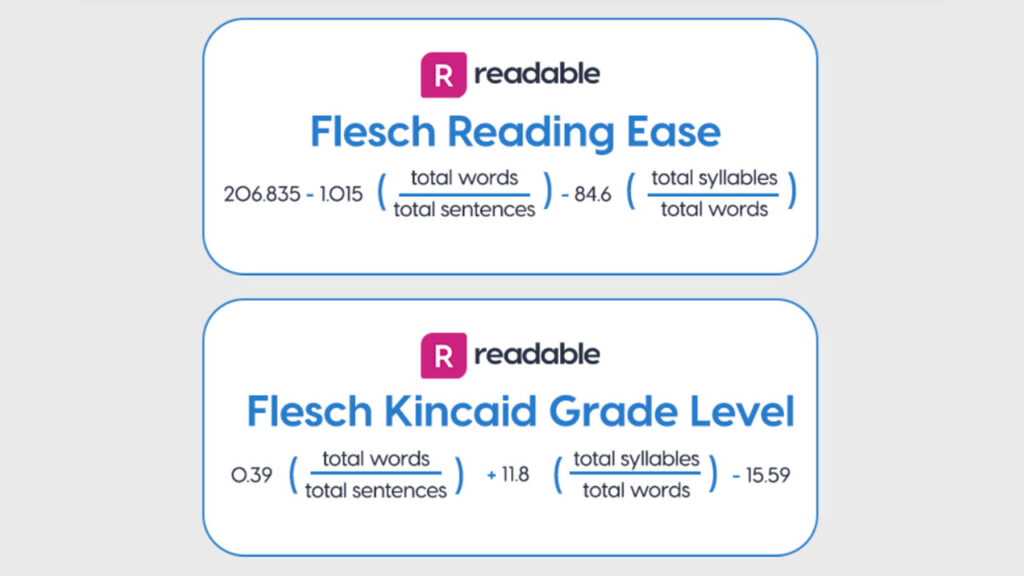Its estimated that about 80% of internet users skim web pages quickly, only stopping when something stands out and catches their eye. Very few people actually read everything on a page word for word.
People don’t read websites. They scan them.
Short sentences and simple words make your website content more inviting. They also help to cut up huge blocks of text into digestible paragraphs that are no more than a few sentences each.
1. Keep It Simple
Try and present one idea per paragraph. Move your most important points and conclusions first, followed by less important matters and background material. This is called the inverted pyramid and is similar to writing a short breaking news segment designed to capture attention.
2. Use Headings and Formatting Devices
Subheadings and bullet points make the copy more readable and inviting. Summarize the key benefits and advantages of the product or service you’re selling.
When a user reads a webpage, their eyes gravitate to formatting devices such as words in bold print or italics, underlined words, and bullets.
- Highlight the most important keywords by using these elements with care not to be excessive, otherwise the copy becomes a mess and harder to read.
- Hyperlinks to related websites are also formatting devices. These are even more eye-catching than bold, underlined, or italicized words because they’re in another color.
Use the same methods as with the other formatting elements by highlighting keywords or phrases that should stand out. Avoid using generic “click here” links.
3. Measure Readability Scores
Microsoft Word has a tool that displays information about the reading level of the document, including readability scores. It rates text on the 100-point Flesch Reading Ease scale; the higher the score, the easier it is for people to understand your writing.
Aim for a score of 70 or higher. It also rates your writing on a U.S. grade-school level. For example, a score of 7.0 means that a seventh grader can understand the document. When writing copy, aim for a score of seventh- or eighth-grade-level comprehension.
Don’t use corporate-speak. The way you write web copy is distinctly different from the way you would write a corporate communication or even a literary or journalistic work.

4. Make it Personal
Do establish early in the copy who is writing the piece and why the audience should believe the writer. This is typically achieved with a small photo and name above the article that links to a profile page.
Write in the first person when appropriate
Remove the words we or our from your web copy and replace them with I. By speaking in the first person, it is as though one person is talking to another. We and our sound more corporate, less intimate and friendly.
Focus on the frame of mind of your audience, and write in a way that appeals to that frame of mind. Write the way you speak, in your own words, and the content will come off as more personal and genuine.
5. Keep an eye on the competition
There’s no rule of thumb to follow in terms of the word limit for SEO. Instead, you can look at your keyword research, competition, and past performance to determine your content’s best word count range.
Since we know internet users tend to scan information, breaking large pieces of information into smaller articles makes sense. In the early days of SEO, the general consensus was anywhere from 200-500 word blog posts is an ideal length to achieve high search rankings.
More words = more keywords
As SEO got more competitive, some companies shifted their focus almost exclusively on long-form (2,000+ word) content and in-depth technical guides. One HubSpot study from 2021 said the ideal blog post length for SEO rankings should be 2,100-2,400 words. The theory is more words in an article equates to more keywords and phrases for a search engine to match.
So what is actually the ideal length for web content? It really depends on your particular niche, the key is quality over quantity. There is no need to write a 2500 word article on how to make a batch of chocolate chip cookies, for example.
6. Focus on satisfying the internet searcher
Google has confirmed the number of words on a page is not taken into consideration when ranking search results. According to Martin Splitt, a page with 1,000 words is not automatically seen as higher quality than a page with 500 words because it has twice as much content, for example.
The main takeaway on content length is to focus on satisfying the internet searcher and focus on creating original content. If you are able to satisfy a search query in 400 words, then there’s no need to embellish only to please Google.
You May Also Like
- Get More Website Conversions with These 10 Must-Have Landing Page Elements
- 4 Proven Methods to Enhance Your Contact Form Conversions
- ENS Essentials: How to Set Domain Records and Create a Brand Profile
- How to Disable the PHP mail() Function in CWP (Control WebPanel)
- Assigning User Account IP for Outgoing Mail Sending in Postfix (CWP/CentOS/Ubuntu)
